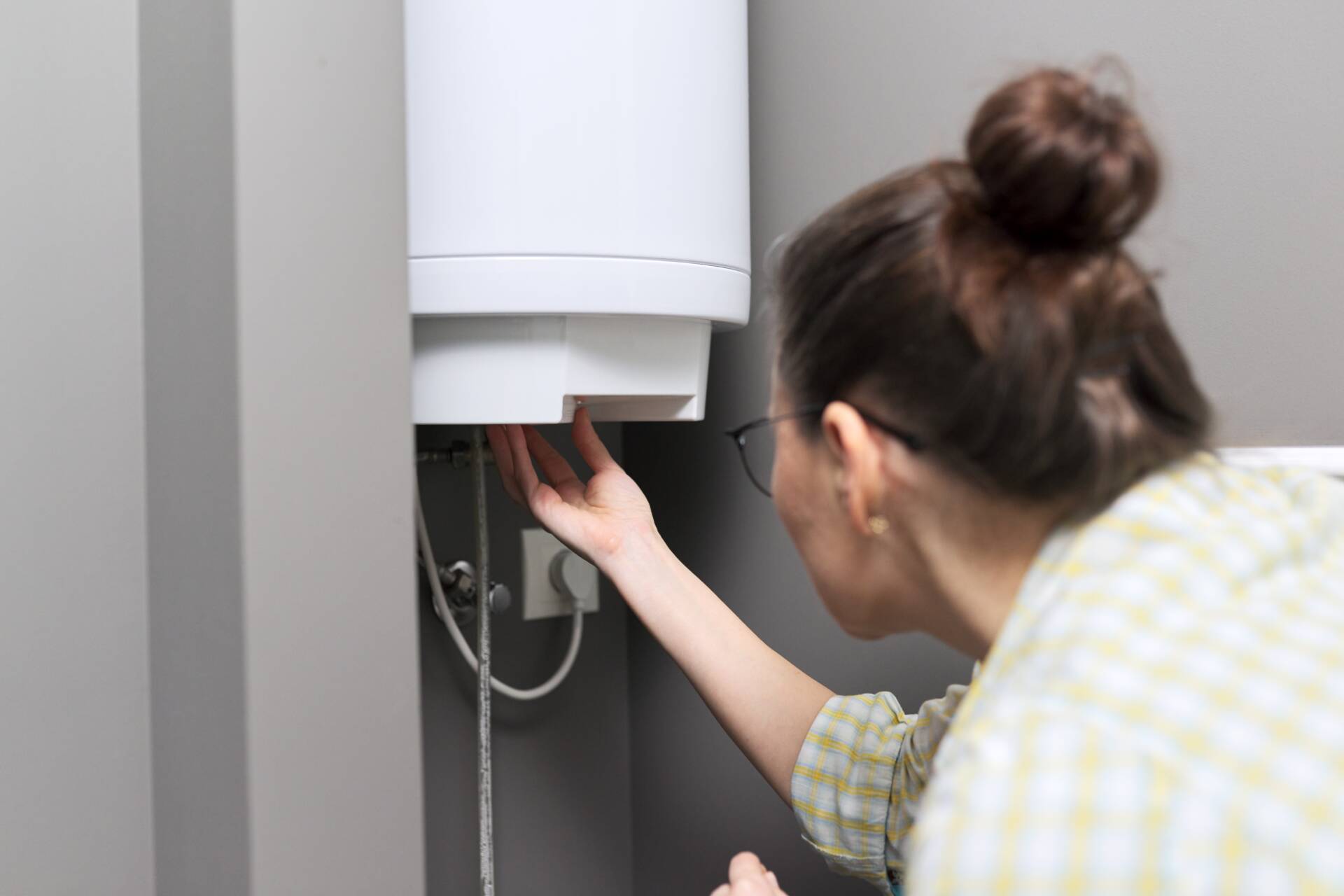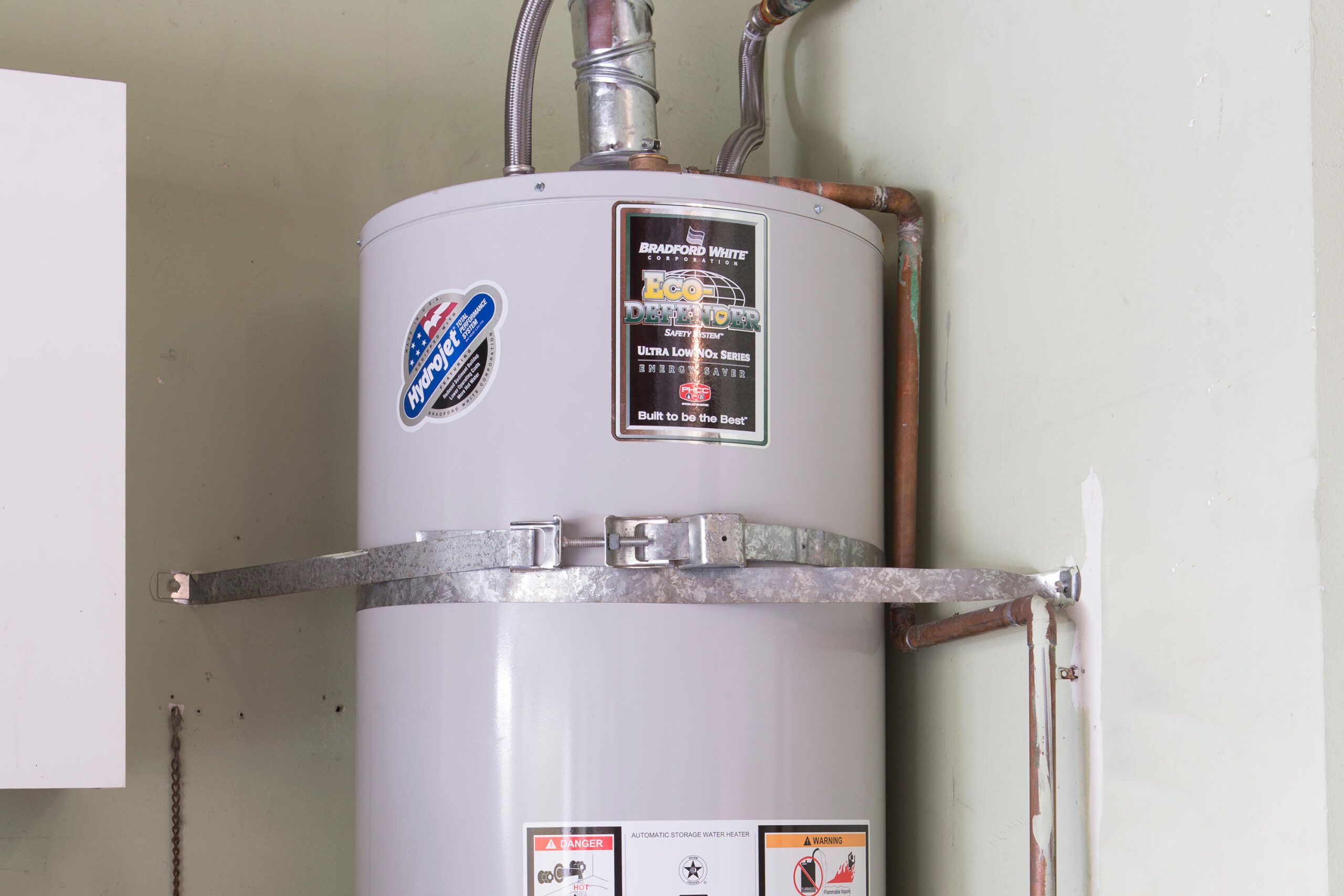Just how do you feel in relation to How to Maintain Your Water Heater & Prolong its Life?

Warm water is necessary for everyday comfort, whether it's for a revitalizing shower or washing dishes. To guarantee your hot water system runs successfully and lasts longer, regular upkeep is essential. This article supplies sensible suggestions and insights on just how to preserve your home's warm water system to prevent disruptions and pricey repair services.
Introduction
Preserving your home's warm water system may seem difficult, however with a few basic steps, you can ensure it operates smoothly for many years ahead. This overview covers whatever from comprehending your hot water system to DIY upkeep tips and understanding when to call in expert aid.
Significance of Keeping Your Hot Water System
Normal upkeep not only extends the life-span of your warm water system yet additionally ensures it operates successfully. Neglecting upkeep can result in lowered effectiveness, higher power costs, and also premature failure of the system.
Signs Your Hot Water System Demands Maintenance
Understanding when your warm water system requires interest can stop significant concerns. Keep an eye out for signs such as irregular water temperature level, unusual noises from the heater, or rustic water.
Understanding Your Warm Water System
Before diving into upkeep jobs, it's practical to understand the standard parts of your warm water system. Typically, this consists of the hot water heater itself, pipes, anode rods, and temperature level controls.
Regular Monthly Maintenance Tasks
Regular month-to-month checks can aid catch small issues before they escalate.
Purging the Water Heater
Purging your hot water heater eliminates sediment build-up, enhancing efficiency and extending its life.
Monitoring and Replacing Anode Rods
Anode rods protect against corrosion inside the storage tank. Inspecting and replacing them when broken is important.
Evaluating and Adjusting Temperature Level Setups
Changing the temperature settings makes sure ideal efficiency and security.
Do It Yourself Tips for Maintenance
You can carry out numerous upkeep jobs yourself to maintain your warm water system in top condition.
Checking for Leakages
Consistently check pipelines and connections for leakages, as these can lead to water damages and greater bills.
Checking Pressure Alleviation Valves
Checking the stress relief valve ensures it works properly and avoids too much stress build-up.
Protecting Pipelines
Shielding warm water pipelines reduces warmth loss and can conserve energy.
When to Call an Expert
While DIY upkeep is advantageous, some issues need expert experience.
Complex Issues Requiring Professional Aid
Examples include significant leakages, electrical problems, or if your hot water heater is constantly underperforming.
Regular Professional Maintenance Benefits
Professional upkeep can consist of complete examinations, tune-ups, and ensuring compliance with safety standards.
Conclusion
Normal upkeep of your home's warm water system is essential for performance, long life, and price financial savings. By complying with these tips and knowing when to seek expert assistance, you can guarantee a reputable supply of warm water without unexpected interruptions.
How to Maintain an Instant Hot Water Heater
Before tinkering with your hot water heater, make sure that it’s not powered on. You also have to turn off the main circuit breaker and shut off the main gas line to prevent accidents. Also turn off the water valves connected to your unit to prevent water from flowing into and out of the appliance. 2. When you’re done, you have to detach the purge valves’ caps. These look like the letter “T” and are situated on either side of the water valves. Doing so will release any pressure that has accumulated inside the valves while at the same time avoid hot water from shooting out and burning your skin. 3. When the purge valves’ caps are removed, you have to connect your hosing lines to the valves. Your unit should have come with three hoses but if it didn’t, you can purchase these things from any hardware or home repair shops. You can also get them from retail stores that sell water heating systems. Read the user’s manual and follow it to complete this task properly. When the hosing lines are connected, open the purge port’s valves. 4. You should never use harsh chemical cleaners or solutions when cleaning your unit. Make use of white vinegar instead. It should be undiluted and you’ll probably use about 2 gallons. 5. Now flush your water heater. This task should probably take about 40 minutes. We can’t give you specific directions for this because the procedure is carried out depending on the type, model and brand of your heater. With that being said, refer to the user’s manual. 6. When you’re done draining the unit, you have to turn off the purge port valves again. Remove the hosing lines that you earlier installed on each of the water valves. Put the valve caps (purge port) back in their respective places and be very careful so as not to damage the rubber discs that are found inside these caps. 7. Now that everything’s back in place, check your user’s manual again to find out how to reactivate your water heating system. 8. Once it is working, turn one of your hot water faucets on just to let air pass through the heater’s water supply pipes. Leave the tap on until water flows smoothly out of it. https://www.orrplumbing.com/blog/2014/september/how-to-maintain-an-instant-hot-water-heater/

As a devoted reader about What Kind of Maintenance Do Water Heaters Need?, I imagined sharing that excerpt was important. Enjoyed our content? Please share it. Help other people check it out. We thank you for your readership.
Quote & Schedule